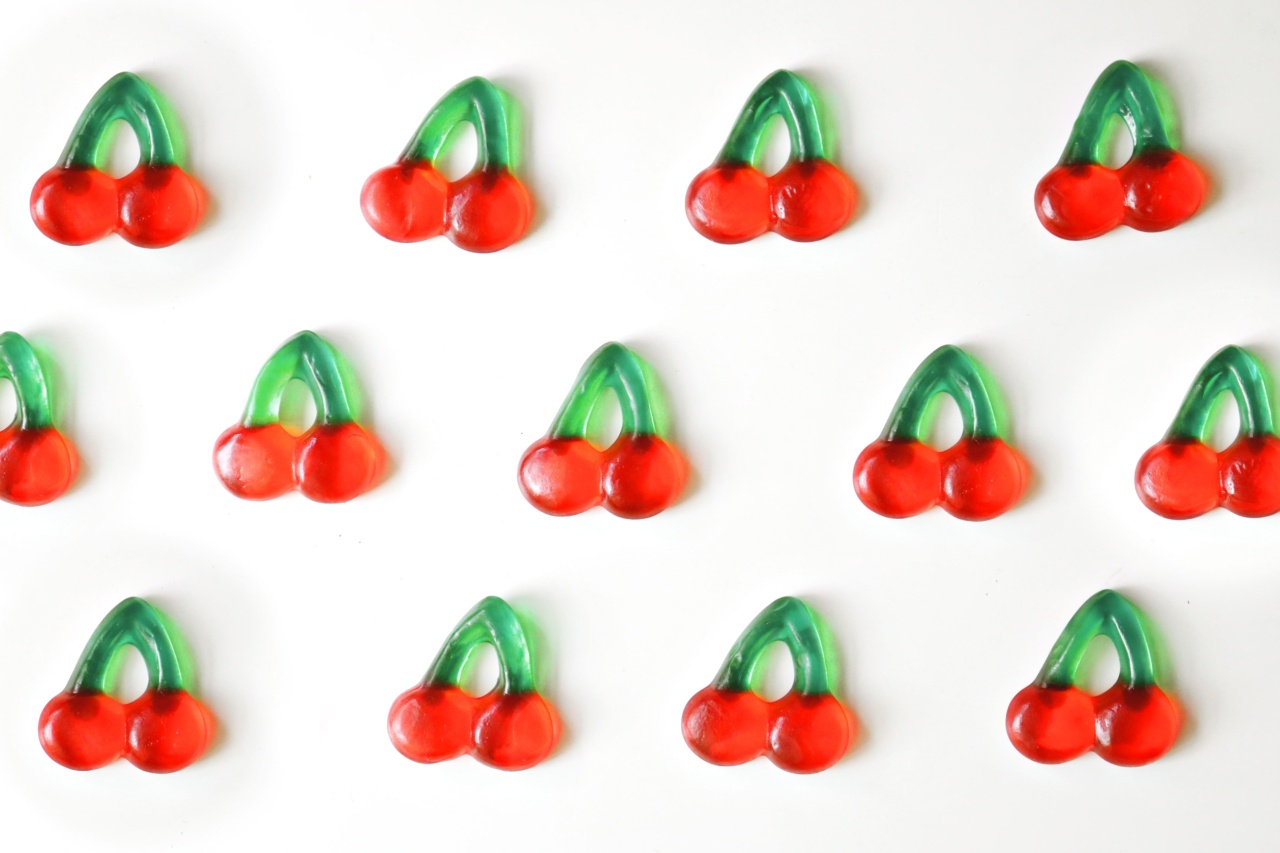Children are highly susceptible to external stimuli, and the colors that surround them can have a significant impact on their mental wellbeing.
Colors can evoke an emotional response in children, and the wrong choice of colors in their environment can negatively affect their mood, behavior, and overall mental health.
The Power of Colors
Colors have been known to affect human behavior and emotions for centuries.
Psychologists have conducted extensive research on the psychological effects of color on children, and the results have shown that colors can influence their cognitive abilities and mental health in various ways.
Colors have the power to stimulate the brain, create emotional responses, and affect mood, behavior, and overall mental health. The colors that surround children can impact their creativity, concentration, and learning abilities.
It is, therefore, important to be conscious of the colors we expose our children to, both at home, school, or in their play environment.
The Effects of Colors on Children’s Mental Health
Red
Red is a bold color that has been shown to increase heart rate, blood pressure, and evoke intense emotions such as anger and aggression.
Excessive exposure to red can lead to overstimulation and increase anxiety levels in children, making them irritable and restless. Studies have shown that the color red can also distract children from learning tasks, making it challenging for them to concentrate.
Orange
Orange is a cheerful and energetic color that stimulates the brain and promotes enthusiasm and optimism in children. It has been known to enhance cognitive function, memory, and the ability to learn.
However, excessive exposure to orange can cause overstimulation, making children hyperactive and restless.
Yellow
Yellow is a bright and sunny color that promotes happiness, joy, and positivity. Research has shown that yellow stimulates mental activity, increases concentration levels, and helps children to stay alert.
It also has a calming effect on children, reducing anxiety and stress levels.
Green
Green is a calm and soothing color that promotes relaxation and reduces stress levels in children. It has a calming effect on the nervous system, which helps children to feel less anxious and more at ease.
Green has also been shown to enhance reading ability and improve children’s attention span.
Blue
Blue is a calming color that promotes relaxation and tranquility in children. It has a calming effect on the mind and can reduce anxiety and stress levels.
Blue has also been known to promote creativity, imagination, and enhance cognitive abilities in children. However, excessive exposure to blue can lead to feelings of sadness and depression in some children.
Purple
Purple is a vibrant color that stimulates the imagination and creativity in children. It has been known to evoke feelings of spirituality, mystery, and creativity.
Purple has also been shown to enhance problem-solving abilities, and promote critical thinking in children.
Black
Black is a dark color that evokes feelings of sadness and depression. It has been shown to make children feel more anxious and stressed.
Excessive exposure to black can lead to negative emotions and attitudes in children, such as hopelessness and pessimism.
White
White is a pure and clean color that evokes feelings of tranquility and simplicity in children. It has a calming effect on the mind and can alleviate anxiety and stress.
White has also been known to promote creative thinking and stimulate mental clarity in children.
Brown
Brown is a warm and earthy color that promotes feelings of stability, security, and comfort in children. It has a calming effect on the nervous system and can reduce anxiety and stress levels.
Brown has also been shown to enhance feelings of safety and promote a sense of belonging in children.
The Effects of Color Combinations
The combination of colors can have a significant impact on children’s mental health. For instance, bright colors such as orange and red can be overstimulating when used together, leading to feelings of restlessness and anxiety.
On the other hand, combining blue and green can promote a feeling of tranquility and calmness, reducing feelings of stress and anxiety.
It is, therefore, important to be conscious of the colors and combinations of colors we expose our children to in their environment.
Colors should be chosen carefully to promote positive emotions, stimulate cognitive function, and encourage relaxation and concentration.
Conclusion
Color has a significant impact on children’s mental health, and it is essential to be conscious of the colors and combinations of colors in their environment.
Understanding the effects of colors on children’s mental health can help parents and caregivers to create a nurturing, positive, and stimulating environment for their children to thrive.






























